Have you ever heard the saying, “An ounce of prevention is worth a pound of cure”? This can certainly be applied to the proper design of ergonomic workstations, such as flow racks, carts, manual production systems, and lean manufacturing cells. Today I'll review how ergonomic workstations, in conjunction with lean manufacturing, can address the increasing prevalence of costly and dangerous musculoskeletal disorders in the workplace. Let's get into it.
Jump to a Section
What is a Musculoskeletal Disorder (MSD)? | Workplace Ergonomics Matters | Risk Factors with MSD |
Workplace Ergonomics Benefits | Does My Company Need Ergonomic Workstations? | What is Lean Manufacturing?
Need help implementing workplace ergonomics?
Our experts are here to help. Contact us today for application support.
Key Takeaways:
|
What is a Musculoskeletal Disorder (MSD)?
A musculoskeletal disorder is an injury or pain in the human musculoskeletal system, including joints, ligaments, tendons, muscles, nerves, and structures that support limbs, neck, and back. In a workplace setting, musculoskeletal disorders are primarily the result of stresses placed upon various body parts during the performance of work-related tasks.
Although commonly referred to as repetitive motion injury, it's important to note that this term can be somewhat misleading. Repetitive motion is just one of several ergonomic risk factors that highlight activities that could potentially lead to musculoskeletal disorders.
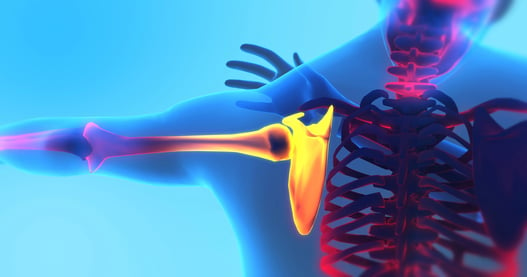
Examples of Musculoskeletal Disorders
Some of the many types of MSDs include:
- Carpal Tunnel Syndrome (CTS)
- Tendonitis
- Ligament Sprains
- Arthritis
- Degenerative Disc Disease
- Herniated / Ruptured Disc
- Tension Neck Syndrome
- Trigger Finger / Thumb
Workplace Ergonomics Matters
What do ergonomics and Musculoskeletal disorders have in common? Without an ergonomic design, Musculoskeletal disorders (MSDs), such as CTS or arthritis, can run rampant for employees.
Why is this a problem? First, employees suffering from MSDs are in pain or discomfort and often offer less motivation, thereby impacting productivity and rising rates of employee absences.
Second, MSDs are estimated to cost businesses over $120 billion annually (source). Enter ergonomic solutions, such as properly designing ergonomic workstations, such as flow racks, carts, manual production systems, and lean manufacturing cells.
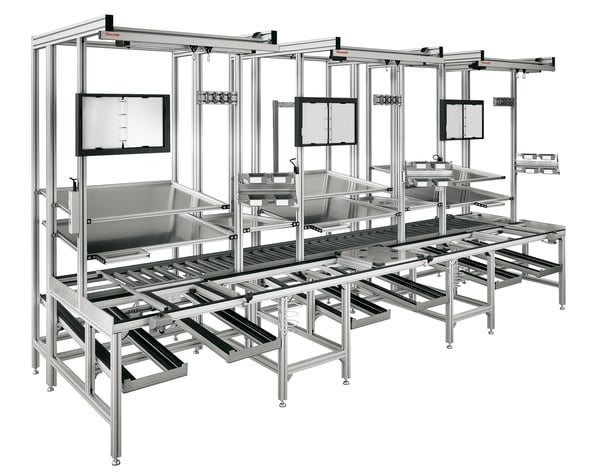
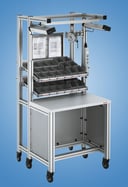 Workplace Ergonomic solutions benefit both employees and employers. By reducing the risk of MSDs, you can ensure a healthy work environment that directly boosts productivity and leads to considerable financial savings.
Workplace Ergonomic solutions benefit both employees and employers. By reducing the risk of MSDs, you can ensure a healthy work environment that directly boosts productivity and leads to considerable financial savings.
How do you implement this? By marrying workplace ergonomics with lean manufacturing principles and strategies, your business can amplify efficiency and productivity. From identifying repetitive tasks to monitoring posture and movements, you can help create an ergonomic culture that simultaneously increases productivity and minimizes waste.
🔎 Interested in exploring solutions? See ergonomic components here
Workplace Ergonomics Benefits for Employees and Businesses
Implementing ergonomic solutions in the workplace yields significant benefits for both employees and employers.
Benefits for Employees
- Considerably reduces the risk of musculoskeletal disorders (MSDs), directly impacting employees' health and well-being.
- Satisfied and comfortable workforce, capable of maintaining higher levels of productivity
- Increased employee morale and motivation cultivated by a corporate culture embracing worker safety, health, and well-being.
Benefits for Businesses
- Offers tangible financial savings due to decreased employee absences and lower workers' compensation costs.
- Enhances the overall safety culture, promoting proactive measures rather than reactive responses to workplace injuries.
- Slows the pace of insurance premium increases
- Reduction in employee turnover
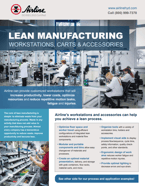
Workplace ergonomics creates a proactive approach to safety that fosters the profitability of a company by ensuring that its most valuable asset, its employees, are protected and able to perform at their best.
Learn more by downloading our brochure,
What Ergonomic Risk Factors Are Associated with Musculoskeletal Disorders?
Ergonomic risk factors are workplace stressors that are likely to contribute to the development of a musculoskeletal disorder. The primary risk factors pertain to repetition, force, and posture.
Repetition: A work cycle that requires less than thirty seconds to complete is considered to be highly repetitive, thereby placing the worker at greater risk.
Force: The degree of exertion required to complete the task which is determined by the forces and loads associated with the task. The excessive force required to lift, push, pull, or move heavy objects increases the risk of an MSD.
Posture: A more awkward position translates to a greater risk for potential pain or injury, especially if the position must be sustained for a longer period of time without relief. A position that requires movements extending beyond the “mid-range” motion point for a joint puts a worker at greater risk.

Does My Company Need Ergonomic Workstations?
Ergonomic workstations consider worker well-being to eliminate the risk factors associated with musculoskeletal disorders. An ergonomic workstation is designed to fit the person using it, but unfortunately, many employers fail to consider ergonomics and fit the person to the workstation.
Poorly designed workstations are a common sight in office and factory floor environments and subject the user to undesirable straining, tension, and awkward postures. Ask yourself the questions below to see if your company and employees would benefit from ergonomic workstations.
- How many of my company's workers' compensation claims are MSD-related? At what cost?
- How many work days are lost due to MSDs? At what cost?
- What impacts are MSDs having on my insurance and workers' compensation premiums?
- Is my company aspiring to gain ISO45001 certification, which requires a holistic approach to worker health and safety, including MSD-related risk assessments and ergonomic remedies for identified risks?
- Does my company comply with OSHA 29 CFR 1910.900? This standard contains rigorous requirements for all general industry employers to identify and mitigate the risks leading to work-related MSDs.
A rudimentary ergonomic assessment form offered by OSHA might be used during the discovery phase of a workplace ergonomic initiative. A number of commercially available advanced risk assessment tools that can prioritize risks are available for sale. These tools enable the user to quantify the possibility of an MSD development based on the observed and recorded risks.
What is Lean Manufacturing?
Lean Manufacturing is a forward-thinking approach that drives productivity and slashes waste in production. With core principles centered around value, value stream, flow, pull, and perfection, this strategy focuses on waste reduction, quality enhancement, cost savings, and lead time minimization. By encouraging ongoing evaluation and process refinement, Lean Manufacturing sets the stage for optimal efficiency and continuous improvement within the workplace.
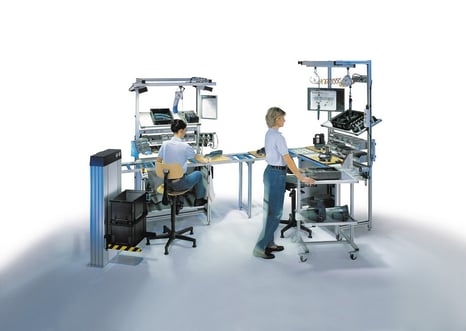
Proper workplace ergonomics and Lean Manufacturing synergize well, focusing on efficiency and productivity. Ergonomics reduces strain and boosts comfort, enhancing productivity and minimizing waste - key in Lean principles.
Integrating workplace ergonomics into Lean strategies helps identify and fix inefficiencies, injuries, and discomfort. Addressing repetitive motions, awkward postures, and physical strain ensures a safer, more comfortable workplace. This integration not only enhances worker well-being but also improves operational performance.
Check out our Lean Manufacturing Success Story Video - Watch now!
How to Design an Ergonomic Workstation
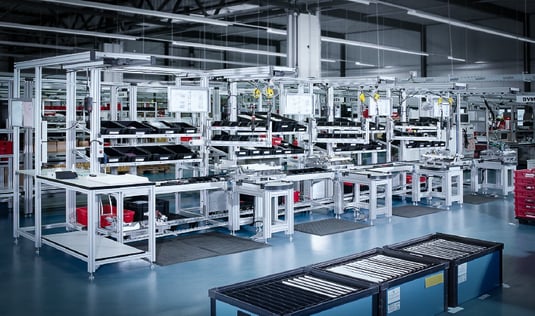
Reduce your risk of muscle and joint issues at work with a few simple changes. Poor workstation design, commonly found in offices, labs, and production floors, can lead to these problems. But, a thorough risk assessment can highlight potential issues, allowing you to make necessary changes to your workspace based on industry standards, including EN ISO 6385:2016.
The ISO 6385:2016 standard lays out eight key principles for ergonomic design. Following these standards can help create a workplace that protects your health and well-being. To further support this, OSHA's 29 CFR 1910.900 standard also provides guidelines specifically designed to protect workers from developing musculoskeletal problems.
Bosch Rexroth's MTpro software can be an invaluable tool during this process. It features a 'ManModel' function, which enables you to simulate designs, ensuring optimal comfort and productivity. It helps you configure the perfect reach zone, the best vision angle, and the right distance to your equipment. Plus, it caters to all workers with male and female model options.
Benefits from the Use of Ergonomic Workstations
What's an ergonomic solution? Enter ergonomically designed workstations. Check out the list of benefits, or watch our video to review the benefits of using ergonomic workstations and see one in action.
- A reduction in work-related musculoskeletal disorders
- Increased productivity through workstation design improvement
- Significant reduction in lost work time and employee absences
- Significant reduction in worker’s compensation claims and costs
- Ability to attract new employees in an increasingly competitive hiring environment
What ergonomics can look like: See over 100 components used in lean workstations in this 45-second video!
By incorporating these ergonomic systems and practices, businesses can create safer, more efficient manufacturing environments that align with lean manufacturing principles and significantly reduce the risk of MSDs among employees.
The bottom line? By investing in Workplace Ergonomics, we are not only preventing MSDs but also promoting a culture of excellence, safety, and efficiency. Now that's what we call a win-win!
Need help implementing workplace ergonomics?
Our experts are here to help. Contact us today for application support.
Frequently Asked QuestionsWhat are musculoskeletal disorders and how are they connected with the workplace? Musculoskeletal disorders refer to injuries or pain in the joints, ligaments, tendons, muscles, nerves, and structures that support the limbs, neck, and back. In a workplace context, such disorders primarily occur as a result of stresses put on various body parts during work-related tasks.
Why does my company need to focus on workplace ergonomics? Investing in workplace ergonomics is crucial as it helps to reduce the prevalence of musculoskeletal disorders among employees. These disorders can lead to decreased motivation and productivity, as well as increased absence rates. Ergonomic solutions not only ensure a healthy work environment that boosts productivity but also lead to significant financial savings.
What are the benefits of having ergonomic workstations in my company? Ergonomic workstations can bring considerable financial savings by reducing employee absences and lowering costs associated with workers' compensation. They also help to foster a proactive safety culture, slow insurance premium increases, and decrease employee turnover. By aligning with lean manufacturing principles, ergonomic practices can create safer, more efficient manufacturing environments which reduce the risk of musculoskeletal disorders among employees. |
Learn more about Lean Manufacturing:
- Custom Workstations Flyer
- Shop Ergonomic Components
- Lean Manufacturing Blog Articles
- Blog post - Lean Manufacturing 101: Explaining Ergonomics, 5S, and Lean Principles
- Blog Post - Lean Manufacturing Work Cell Reduces Cycle Time by 90% | Microlab's Story





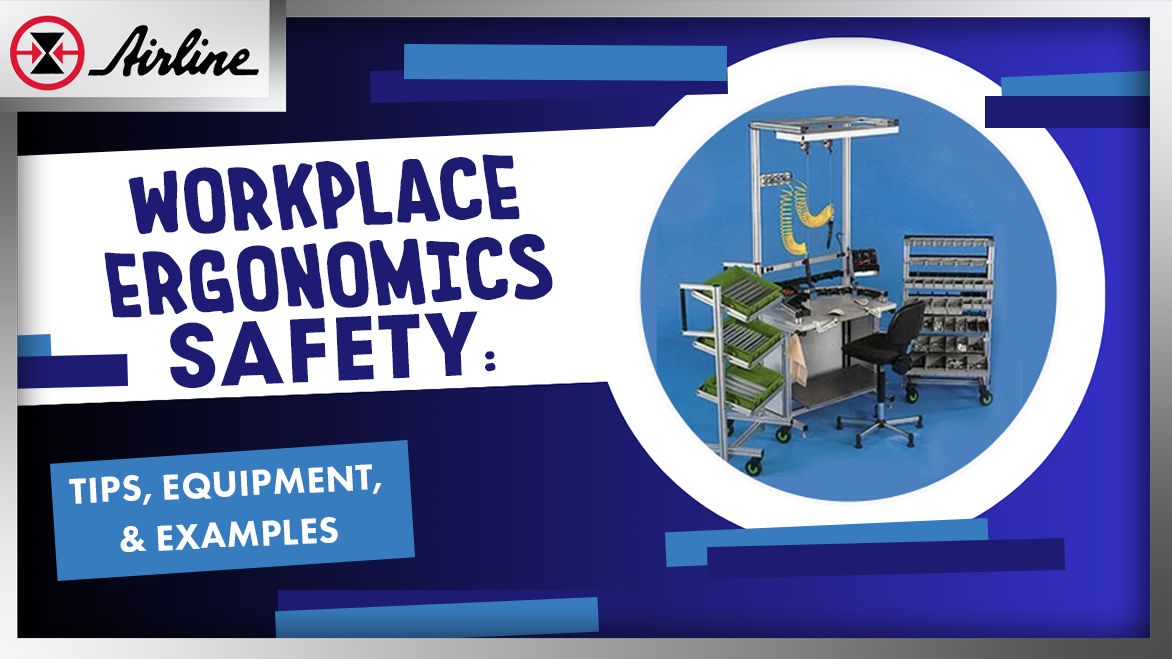


Leave Comment